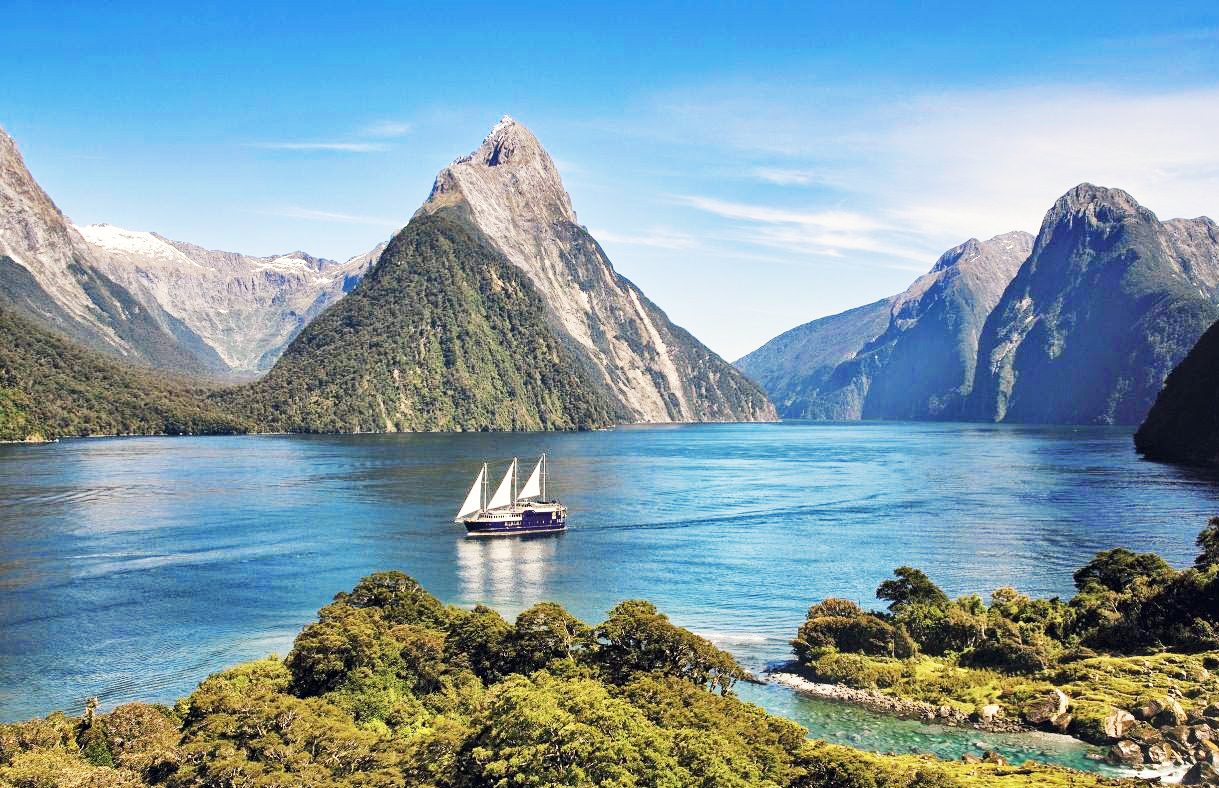The world is waking up to the importance of preserving our environment, and this shift is influencing how we travel. Eco-friendly travel, also known as sustainable tourism, is all about making mindful choices that benefit both the traveler and the planet. As more people become aware of their environmental impact, the demand for eco-friendly destinations is on the rise. But what makes a destination truly eco-friendly, and why should we care?
What Makes a Destination Eco-Friendly?
Eco-friendly destinations prioritize sustainability in various aspects of their tourism industry. This includes using renewable energy, implementing waste reduction practices, supporting local communities, and preserving natural habitats. Travelers can enjoy their vacations knowing their choices help protect the environment.

Benefits of Choosing Sustainable Locations
Choosing eco-friendly destinations not only helps the planet but also enhances your travel experience. These locations often offer unique and enriching experiences, such as wildlife conservation efforts, local cultural activities, and breathtaking natural landscapes. Plus, supporting sustainable tourism can lead to better preservation of these beautiful places for future generations.
Top Eco-Friendly Travel Destinations
Costa Rica
Rainforests and Biodiversity
Costa Rica is a pioneer in eco-tourism, boasting a rich biodiversity that attracts nature lovers from around the world. Its rainforests are home to an incredible variety of wildlife, making it a paradise for eco-travelers.
Eco-Lodges and Sustainable Practices
The country offers numerous eco-lodges that operate with minimal environmental impact, utilizing renewable energy and promoting sustainable practices. Visitors can enjoy the lush landscapes while knowing their stay supports conservation efforts.
Geothermal Energy Utilization
Iceland stands out for its extensive use of geothermal energy, which powers homes and businesses with minimal environmental impact. The country’s commitment to renewable energy makes it a leading example of sustainable living.
Conservation Efforts
Iceland’s conservation efforts are evident in its pristine landscapes, including glaciers, waterfalls, and volcanic formations. The country’s strict environmental policies ensure these natural wonders remain unspoiled.
Bhutan
Bhutan’s unique approach to development, focusing on Gross National Happiness, emphasizes environmental preservation. The country limits tourist numbers to protect its natural and cultural heritage.
Controlled Tourism Policy
Bhutan’s controlled tourism policy ensures that visitors have a minimal impact on the environment while contributing to the local economy. This balance makes it an ideal eco-friendly destination.
Clean Energy and Nature Conservation
New Zealand’s commitment to clean energy and conservation is evident in its breathtaking landscapes and protected areas. The country invests in renewable energy and promotes eco-friendly tourism activities.
Eco-Tourism Activities
Visitors to New Zealand can engage in numerous eco-tourism activities, such as hiking, wildlife watching, and exploring natural parks, all while supporting sustainable practices.
Sustainable Transportation and Green Hotels
Norway’s focus on sustainable transportation and green hotels makes it a top choice for eco-conscious travelers. The country promotes electric vehicles and energy-efficient accommodations.
Preservation of Natural Landscapes
Norway’s dedication to preserving its natural landscapes ensures that travelers can enjoy its fjords, mountains, and forests for years to come. Conservation efforts are integrated into tourism practices.
Wildlife Conservation
Kenya’s commitment to wildlife conservation makes it a must-visit for nature enthusiasts. National parks and reserves play a crucial role in protecting endangered species.

Community-Based Tourism
Community-based tourism in Kenya supports local communities while providing visitors with authentic cultural experiences. This approach fosters sustainable development and conservation.
Green Scheme and Certification
Slovenia’s Green Scheme certifies destinations based on their sustainability efforts, ensuring travelers can make eco-friendly choices. This initiative promotes green tourism across the country.
Sustainable Gastronomy
Slovenia’s focus on sustainable gastronomy highlights locally sourced, organic ingredients. Visitors can enjoy delicious meals while supporting sustainable agricultural practices.
How to Travel Sustainably
Choosing Eco-Friendly Accommodations
Opt for accommodations that prioritize sustainability, such as those using renewable energy, recycling programs, and local sourcing. Eco-lodges and green hotels are excellent choices.
Supporting Local Economies
Support local economies by purchasing goods and services from local vendors. This not only boosts the local economy but also reduces the carbon footprint associated with transporting goods.
Reducing Carbon Footprint
Travelers can reduce their carbon footprint by choosing sustainable transportation options, such as biking, walking, or using public transit. Minimizing waste and conserving resources also contribute to sustainable travel.
The Impact of Eco-Friendly Travel
Environmental Benefits
Eco-friendly travel helps protect natural habitats, reduce pollution, and conserve resources. By choosing sustainable options, travelers can significantly reduce their environmental impact.
Social and Economic Advantages
Sustainable tourism supports local communities and economies, providing jobs and promoting cultural preservation. It also fosters a deeper connection between travelers and the destinations they visit.

Conclusion
Eco-friendly travel destinations offer a unique and rewarding experience while promoting sustainability. By choosing these destinations and adopting sustainable practices, we can ensure that our travels have a positive impact on the environment and local communities. Let’s make mindful choices and contribute to a better future for our planet.




